
Do you have a question about the Siemens SIMATIC S7 F and is the answer not in the manual?
| Category | Controller |
|---|---|
| Safety Integrity Level | SIL 3 |
| Protection Class | IP20 |
| Series | S7 |
| Safety Standard | IEC 61508 |
| Memory | Varies depending on CPU type |
| Digital Inputs | Varies depending on CPU type and I/O modules |
| Digital Outputs | Varies depending on CPU type and I/O modules |
| Analog Inputs | Varies depending on CPU type and I/O modules |
| Analog Outputs | Varies depending on CPU type and I/O modules |
| Communication | PROFIBUS, PROFINET |
| Operating Temperature | 0°C to 60°C |
Describes the purpose and basic functions of SIMATIC S7 F/FH Systems.
Details the two primary configuration variants: Fail-safe S7 F and S7 FH System.
Lists the hardware and software components required for an S7 F System.
Describes the essential hardware components that fulfill safety requirements.
Outlines the software components, including the optional package and user program.
Step-by-step guide for installing the optional package for S7 F Systems.
Basic procedures for working with fail-safe systems, highlighting differences from standard procedures.
Introduces the chapter's focus on creating working applications via examples.
Step-by-step guide for setting up the hardware for an S7 F System.
Guide for setting up the hardware for a fault-tolerant S7 FH System.
Explains background knowledge for configuring and testing the Safety Program.
Details how safety functions are activated in safety mode for F-I/Os and the Safety Program.
Explains how the system reacts to faults to ensure a safe state.
Describes the startup characteristics and behavior of F-Systems.
Explains self-tests and command tests performed by the system to detect faults.
Details mechanisms for monitoring program execution and data flow for safety.
Discusses time values and their monitoring by CPU safety mechanisms.
Explains the necessity and implementation of password protection for F-Systems.
Outlines communication options for safety-related data exchange within F-systems.
Overviews the differences in configuring fail-safe systems versus standard S7 systems.
Explains the procedure for hardware configuration and parameter assignment.
Details parameter assignment for the CPU, including safety program settings.
Covers parameter assignment options for Fail-safe Input/Output modules.
Guides on configuring redundant Fail-safe Input/Output modules for availability.
Explains how to configure networks and connections for fail-safe systems.
Describes safety-relevant programming device functions available in STEP 7.
Details managing access rights, passwords, and authorization.
Explains how to perform configuration changes while the system is running.
Illustrates the structure of a Safety Program in the programming device and CPU.
Outlines the basic procedure for creating a fail-safe CFC user program.
Details how to insert and interconnect fail-safe blocks within the CFC chart.
Covers managing safety programs, including compiling, downloading, and testing.
Outlines key aspects of operating and maintaining the F-Systems.
Lists rules and safety notes for the proper operation of S7 F/FH Systems.
Details important considerations when working with the Safety Program.
Explains the procedures for making changes to the Safety Program.
Provides instructions for replacing software and hardware components.
Describes the process for uninstalling the S7 F/FH system software and hardware.
Details safety certifications and approvals relevant to the S7 F/FH System.
Outlines standardized safety requirements based on AK and SIL levels.
Describes system configuration limits and relevant values based on CPU usage.
Explains the configuration and importance of monitoring times for system safety.
Details the process for system acceptance by an independent expert.
Introduces fail-safe blocks and their classification into families.
Describes driver blocks for F-I/Os, including channel and module drivers.
Details blocks used for fail-safe communication between different CPUs.
Lists blocks for converting data between standard and safety data types.
Describes system blocks like F_S_BO, F_R_BO, F_S_R, F_R_R, and F_START.
Details F control blocks for program execution monitoring and system control.
Describes logic blocks performing AND, OR, XOR, NOT, and selection operations.
Explains blocks used for comparing real values against limits.
Describes RS and SR flip-flop blocks for sequential logic.
Details timer and counter blocks for pulse generation and counting.
Describes blocks for detecting rising and falling edges.
Covers arithmetic blocks for integer data types.
Details arithmetic blocks for real data types like addition, subtraction, multiplication.
Describes multiplexer blocks for selecting inputs based on a condition.
Explains how errors are handled within fail-safe blocks and driver blocks.
Provides run-time measurements for fail-safe blocks.
Summarizes activities, requirements, and rules in the F/FH Systems lifecycle.
Lists certified fail-safe modules with order numbers for verification.
Lists certified fail-safe blocks for programming the F user program.
Lists safety parameters of F drivers for comparison with F-I/Os during acceptance.
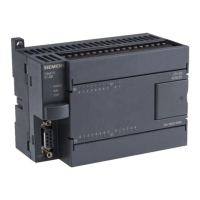
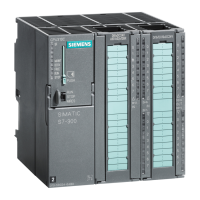
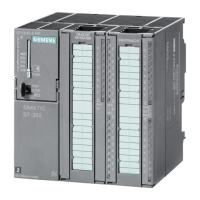
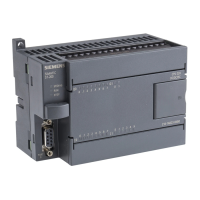
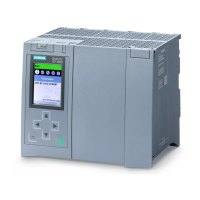
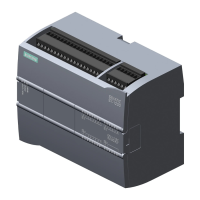
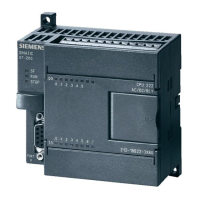
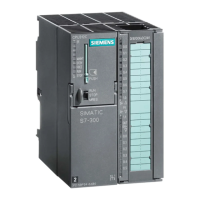
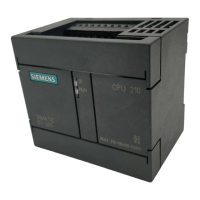
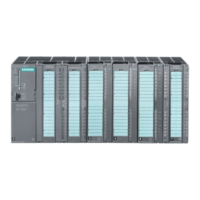
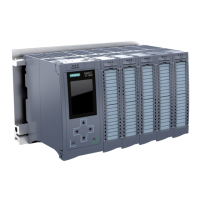
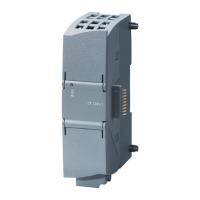
